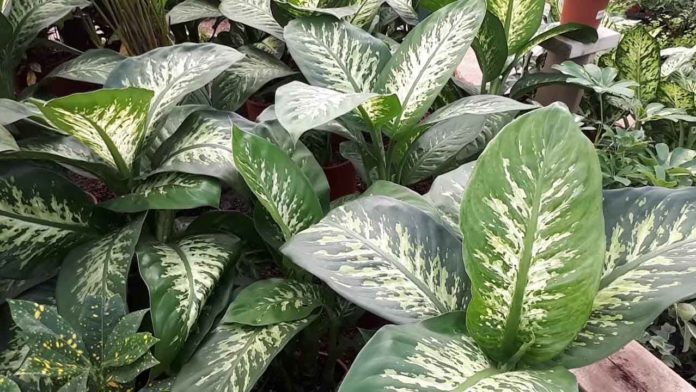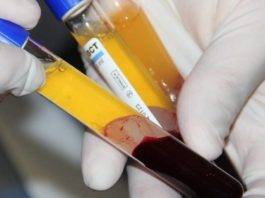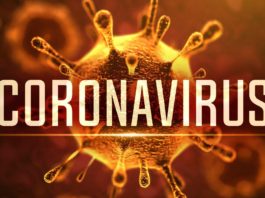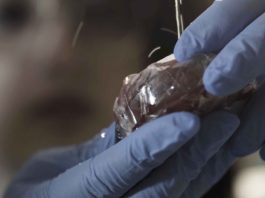A notorious ornamental plant, commonly known as dumb cane, has been found to be useful in controlling the spread of cancer cells in the body.
A study conducted by students from Notre Dame of Dadiangas University in General Santos City discovered that dumb cane plant, scientifically known as Dieffencachia maculata, contains active ingredients that cause antiangiogenesis, a process that inhibits the growth and development of new blood vessels in the body.
Antiangiogenesis controls the spread of tumour cells in the body by disabling the transport of nutrients toward the cancerous cells. Normally, tumour starts from a single cell and divides to make more cancer cells. The growth of malignant cells will depend on the availability of specific nutrients being transported by blood vessels.
In laboratory experiments, researchers separately analyzed the effects of dumb cane’s essential oil, leaf extracts, mineral water and Simvastatin (an anti-cholesterol drug with anti-angiogenic effects) to wild duck embryos. Results showed that embryos exposed to dumb cane’s essential oil and leaf extracts had lower blood vessel branching points than the embryos in the mineral water solution. The antiangiogenic properties of both dumb cane’s essential oil and leaf extracts were also comparable to Simvastatin.
Toxicity tests, meanwhile, revealed that dumb cane’s essential oil and leaf extracts are tolerable to humans. Using human lymphocytes, researchers determined the actual toxicity of dumb cane’s essential oil and leaf extracts on human cell. Though dumb cane contains glycoside, an organic poisonous compound, researchers explained that cell viability after 24 hours of incubation is still high.
With the findings, researchers claimed that dumb cane’s ability to prevent blood vessel growth and development can be possibly used in the formulation of anti-cancer drug to help prevent the spread of cancer cells in the human body. They recommended further studies to isolate the specific components of dumb cane responsible for antiangiogenic activity and determine the appropriate concentrations for pharmaceutical purposes.




